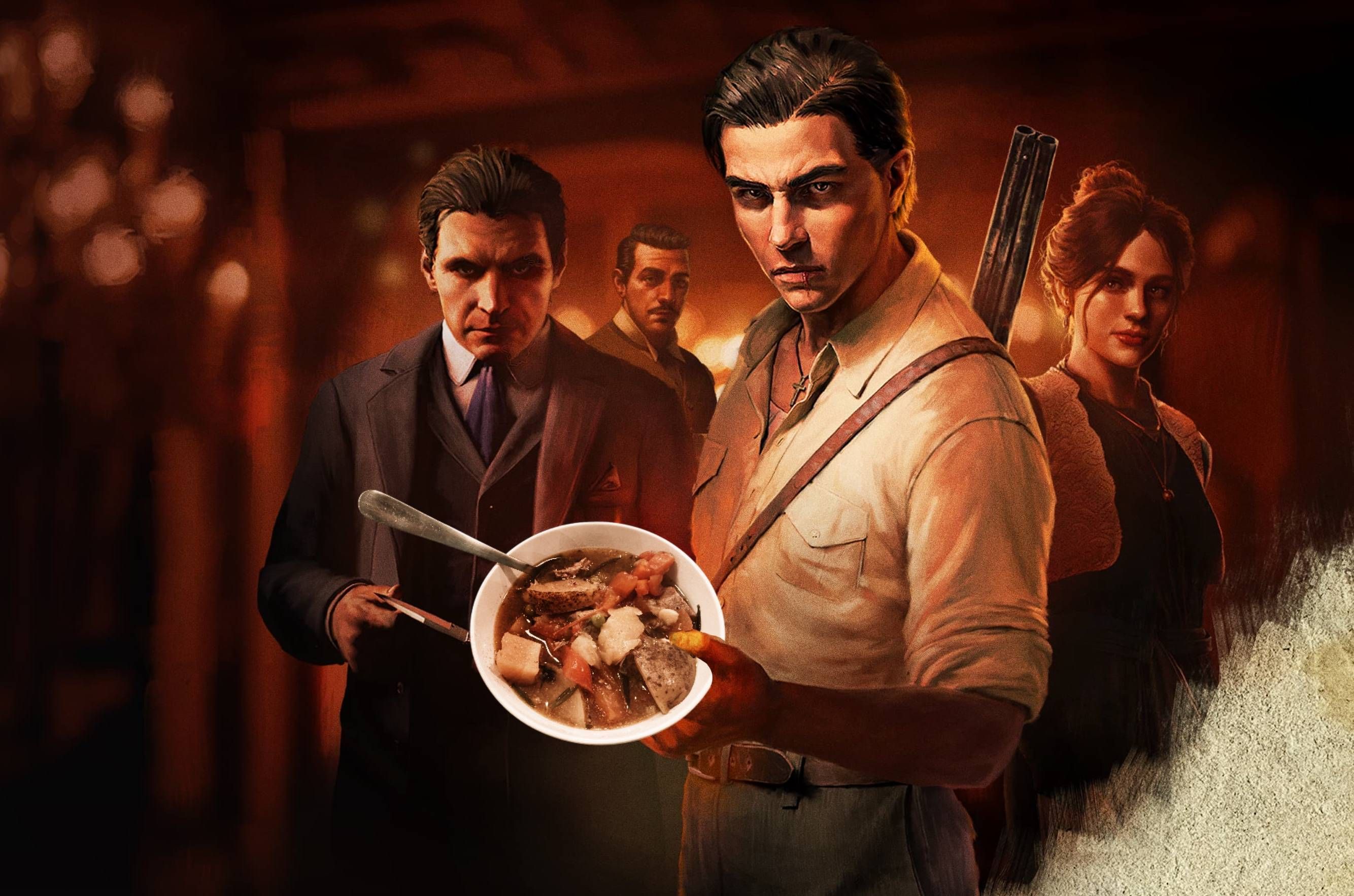The Yellow Bittern is a new yet curiously old-fashioned restaurant in London’s King’s Cross. It opens only for lunch on weekdays, accepts only cash and bookings must be made by phone or even postcard. The restaurant has no website or social media presence.
The food is conspicuously homestyle, dominated by hearty meat pies, roasts, and stews, with heavy Irish influence. After its launch in late October last year, the Yellow Bittern might have survived as an eccentric, retro novelty in the city’s ever-shifting, multiflavoured restaurant scene.
But soon after its opening, its Belfast-born chef, Hugh Corcoran, 35, took to his personal Instagram account to complain that diners were not eating or drinking enough. “Restaurants are not public benches, you are there to spend some money,” he wrote, adding that a table of four sharing one starter and two mains was “unacceptable” and that such conduct threatened his business. “At the very least, order correctly, drink some wine, and justify your presence in the room that afternoon.”
Chef Hugh Corcoran says he stands by his remarks urging patrons to ‘order correctly’ when they visit the Yellow Bittern.
Mr. Corcoran’s comments haven’t so much touched a nerve as exposed a root canal of indignation. Amid a cost-of-living crisis, he has been criticized as tone-deaf, patronizing and entitled. The London Evening Standard accused Mr. Corcoran of raising a “giant middle finger to rather a lot of London.” The Fence, an online cultural magazine, said he had created a “smarmy living museum.” The Observer, while mostly praising the food, slammed Mr. Corcoran and his business partners for being an “arty set” playing at radicalism.
Mr. Corcoran runs the restaurant with his romantic partner, Lady Frances Armstrong-Jones, who publishes a twice-yearly cultural magazine called Luncheon, and art curator Oisin Davies, 32, who looks after bread and pies.
Mr. Corcoran was staggered by the reaction to his comments, even if he completely stands by what he said. “Where have we got to where proposing that people have a starter and a main course, or a main course and dessert, is outrageously controversial?” he asks during a recent interview at the restaurant at the end of a busy service.
It would be hard to imagine another persona so well-designed to provoke the very British obsession with class and the media’s attentiveness to perceived hypocrisy. Mr. Corcoran – the son of a mechanic and a school teacher – is an avowed communist whose restaurant displays a photo of Vladimir Lenin on the wall and houses a tiny, radically-inclined bookshop downstairs. Yet, Ms. Armstrong-Jones, 46, is the daughter of Lord Snowdon by his second marriage, after his divorce from Princess Margaret.
Part of the problem, Mr. Corcoran thinks, is the aversion of England’s liberal classes to the Northern Irish tendency to “wear your politics on your sleeve.”
“A friend said to me recently that if I’d opened this restaurant in France, there would be no controversy whatsoever,” he adds. “But I make no apology for the fact that I have political and philosophical ideas and I believe in them.”
The restaurant is essentially run as a co-operative, with no other staff apart from the three partners. They decided against serving food in the evening or on the weekend, in search of a normal life usually denied to restaurant owners. They only open for one or two sittings in the middle of the day, while there are just five tables in the intimate interior. “It’s working in the sense that we wanted it to work, which was to pay rent and our wages and the debt from opening the place,” says Mr. Corcoran. “We want to keep it simple. We also don’t want to have the stress and responsibility of employing other people.”
The Yellow Bittern aims to build an atmosphere of ‘conviviality and friendship,’ says Mr. Corcoran’s partner, Lady Frances Armstrong-Jones.
Fortunately for Mr. Corcoran and his partners, many of London’s leading foodies and restaurateurs believe in what he is doing.
They have supported his anachronistic retort to a dining culture dominated by small plates and small appetites, fussy menus, social media marketing, online booking, point of sale systems and customer feedback surveys.
Soon after the restaurant opened, Alice Waters, patron of Chez Panisse in Berkeley, Calif., and a pioneer of seasonal cooking, made a point to pop in for a cup of tea and a sandwich on her way to catch the Eurostar.
The acclaimed wine critic Jancis Robinson is a fan. Nigella Lawson, the best-selling food writer and broadcaster, is a regular. After her second visit, she declared on social media: “I love the place, and I love the food,” adding, “It’s food for people who like to eat, rather than novelty-seeking influencers who just want to take pretty pictures.”
Sure enough on the day I visited, Nigella, as she is universally known in the U.K., was there, lunching with a friend in the corner table by the small open kitchen.
“It is nice to have people like her, it’s lovely,” says Mr. Corcoran. “We have a lot of regulars. Today we knew three out of the five tables. It’s a nice experience to come in and serve people that you know.”
Raspberry tart is one of the dessert options on today’s menu, along with crème brûlée and carrageen moss pudding, a wobbly confection of gelatinous seaweed.
Lobster and cottage pie are the priciest entrées today: In Canadian dollars, either dish costs about $75.
Diners choose from 16 dishes, some of which are resplendently displayed out on the counter – plump chickens roasted with vegetables and olive oil, two massive Devon lobsters, a ravishing raspberry tart and a large bowl of strawberries. It is all in fact very Instagrammable, though cellphone use of any kind is discouraged by a sign on the back wall of the room, which has an aesthetic that falls somewhere between an early 20th century Paris bistro and a grandmotherly front room.
The quality of the dishes is exceptional – the roast chicken was humble bliss – and while prices are on the high side, they are not unusual for London. A starter, main course and dessert for two people, without wine, would cost about £110, or just over $200. But in keeping with tradition in parts of France and Basque Country, where Mr. Corcoran trained, the tip is optional. Regulars are often treated to a digestif or even a welcome drink on the house.
Ms. Armstrong-Jones, who effortlessly spreads warmth across the room, says the aim is nothing more than creating a feeling of “conviviality and friendship.”
“I want to look after people and make sure that everyone can forget everything outside the door for a couple of hours and have a nice time,” she says.
The Yellow Bittern is named after an Irish poem about a bird struggling to break the ice to drink. By contrast, Mr. Corcoran has had no trouble breaking through.
How we eat: More from The Globe and Mail
The Decibel podcast
Food influencers are eating the lunch of traditional restaurant critics, taking their followers to eateries they might otherwise overlook. But are TikTok and Instagram reviewers transparent about who profits from the publicity? Reporter Dakshana Bascaramurty spoke with The Decibel about the new breed of taste makers. Subscribe for more episodes.
More on Canadian cuisine
Canada’s best ice cream: You told us where to get the scoop from coast to coast
Mocktails catch up to their booze-filled counterparts on restaurant menus
Deaf waiters serve up fine dining and accessibility at this Ottawa restaurant





![10th Aug: Deive Leonardo – Before & After (2025), 50m [TV-G] (6/10)](https://occ-0-3085-92.1.nflxso.net/dnm/api/v6/Qs00mKCpRvrkl3HZAN5KwEL1kpE/AAAABTL19XaFZn_nf88B8DwocJlaAyj9EBBOBJqr65w3IlC5gUAAf9SMzZcVGN8x_DXRSXp7P6CsX89gf0nPmK4sRuE8QgAzZDNcWmJKDh27aAIP4LFVSeBD_jxzTQ0d1JoFuMFWhXngLRE3YQ66eyrwnieLhVt1Cf1IbPN1ZxWZVToUpA.jpg?r=3bb)







